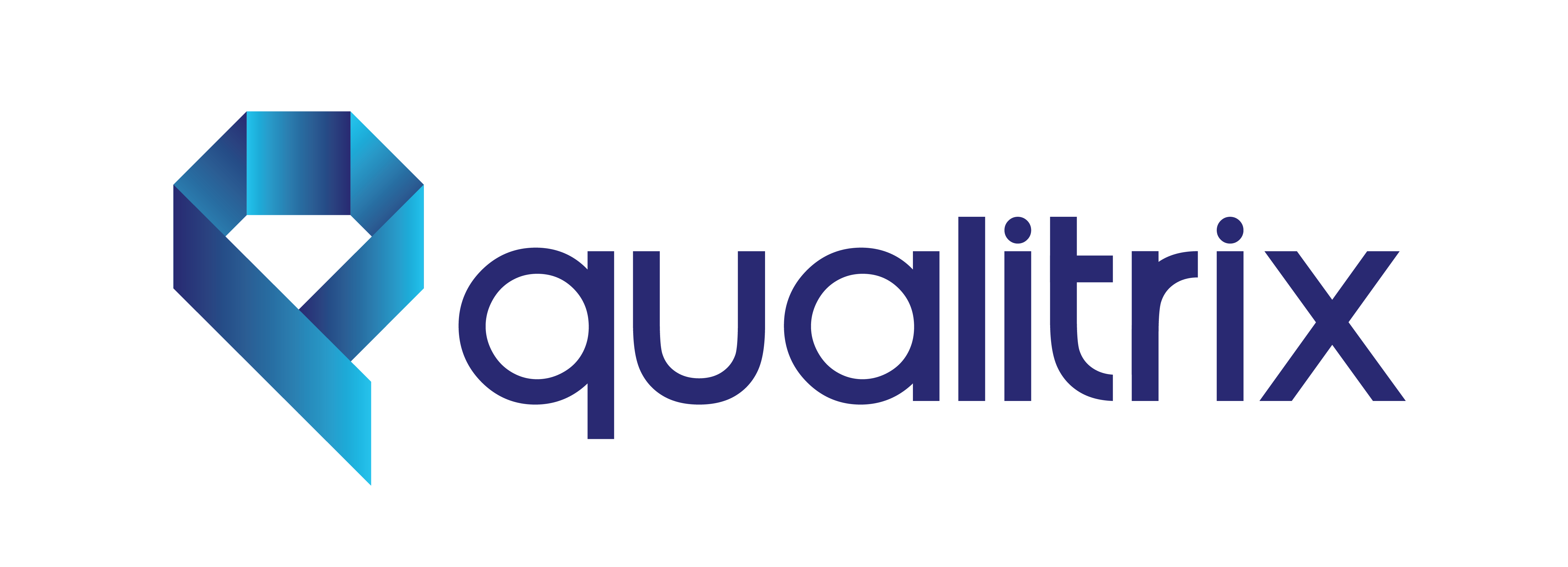Software testing is a critical component of the software development lifecycle (SDLC). It ensures that a product meets the required standards and functions as intended. Over the years, software testing has evolved significantly, moving from manual testing to more sophisticated automated testing methods. This blog explores the journey of software testing, the benefits of automated testing, the tools that are shaping the future of this essential practice, and best practices for integrating these methodologies into your development process.
The Early Days: Manual Testing
In the early days of software development, testing was a manual process. Testers would manually execute test cases, compare the actual results with expected outcomes, and report any discrepancies. Manual testing involves a range of activities, including requirement analysis, test planning, test case design, test execution, and defect logging.
The Process of Manual Testing
- Requirement Analysis: Testers begin by understanding the requirements and specifications of the software. This phase is crucial for creating relevant test cases.
- Test Planning: A detailed test plan is created, outlining the scope, objectives, resources, schedule, and deliverables.
- Test Case Design: Testers design test cases based on the requirements and specifications. Each test case includes inputs, execution conditions, and expected results.
- Test Execution: Testers manually execute the test cases and compare the actual results with expected outcomes.
- Defect Logging: Any discrepancies or defects found during test execution are logged and reported to the development team for resolution.
Advantages of Manual Testing
- Direct Human Observation: Manual testing allows testers to use their intuition and experience to uncover defects that automated tests might miss.
- Flexibility: Testers can adapt to changes in requirements and test conditions more easily than automated tests.
- Exploratory Testing: Manual testing is ideal for exploratory testing, where testers actively explore the application to find defects.
Disadvantages of Manual Testing
- Time-Consuming: Manual testing is labor-intensive and time-consuming, especially for large projects.
- Prone to Human Error: The repetitive nature of manual testing can lead to errors and inconsistencies.
- Scalability Issues: As the complexity and size of the software increase, manual testing becomes less feasible.
The Shift to Automated Testing
As software projects grew in complexity, the limitations of manual testing became apparent. The need for a more efficient, reliable, and scalable approach led to the advent of automated testing. Automated testing uses scripts and tools to perform tests, reducing the time and effort required for repetitive tasks.
The Process of Automated Testing
- Test Automation Strategy: Define the scope, objectives, and tools for test automation. This includes selecting the right automation framework and tools.
- Test Case Selection: Identify test cases that are suitable for automation, typically those that are repetitive, time-consuming, and critical for the application’s functionality.
- Script Development: Develop automation scripts using programming languages and tools. These scripts simulate user interactions and validate the application’s behavior.
- Test Execution: Execute the automated test scripts on various environments and configurations.
- Results Analysis: Analyze the test results to identify defects and issues. Automated tests provide detailed logs and reports for easy analysis.
Advantages of Automated Testing
- Faster Execution: Automated tests run much faster than manual tests, significantly reducing the testing cycle.
- Increased Coverage: Automation allows for more extensive test coverage, including regression testing and load testing.
- Consistency and Accuracy: Automated tests provide consistent and accurate results, eliminating human errors.
- 24/7 Execution: Automated tests can be scheduled to run at any time, including nights and weekends, improving productivity.
Disadvantages of Automated Testing
- Initial Setup and Maintenance Costs: Setting up an automation framework and creating test scripts require significant initial investment in time and resources.
- Technical Skills Required: Developing and maintaining automated tests require programming and technical skills.
- Not Suitable for All Tests: Automated testing is not ideal for tests that require human intuition, such as exploratory testing and usability testing.
Key Tools and Technologies in Automated Testing
Several tools and technologies have emerged to support automated testing, each with its unique features and capabilities. Here are some of the most popular ones:
1. Selenium
Selenium is an open-source tool for automating web browsers. It supports multiple programming languages (Java, C#, Python) and is widely used for functional and regression testing of web applications. Selenium provides a suite of tools, including Selenium WebDriver, Selenium Grid, and Selenium IDE, to cater to different testing needs.
- Selenium WebDriver: Allows testers to create browser-based regression automation suites and tests. It interacts directly with the browser, providing more control and flexibility.
- Selenium Grid: Enables parallel execution of tests across different browsers and operating systems, reducing test execution time.
- Selenium IDE: A record-and-playback tool that allows testers to create scripts without programming knowledge.
2. JUnit
JUnit is a popular testing framework for Java applications. It provides annotations and assertions to write and execute tests, making it a cornerstone of test-driven development (TDD) practices. JUnit integrates with various build tools and CI/CD pipelines, ensuring seamless test execution and reporting.
- Annotations: Simplify the process of defining test methods and lifecycle methods (e.g., @Test, @Before, @After).
- Assertions: Provide methods to assert expected outcomes, making it easier to validate test results.
3. TestNG
TestNG is another testing framework for Java, inspired by JUnit. It offers additional features like parallel test execution, data-driven testing, and better test configuration options. TestNG’s flexible configuration and powerful annotations make it suitable for large-scale test automation projects.
- Parallel Execution: Allows tests to be executed in parallel, reducing overall test execution time.
- Data-Driven Testing: Supports testing with multiple sets of data using parameters and data providers.
4. Appium
Appium is an open-source tool for automating mobile applications. It supports native, hybrid, and mobile web applications on both iOS and Android platforms. Appium uses the WebDriver protocol, making it compatible with Selenium, and allows for the reuse of existing Selenium scripts.
- Cross-Platform Support: Automate tests for both iOS and Android applications using the same API.
- Language Agnostic: Supports multiple programming languages (Java, Python, Ruby, etc.) for writing test scripts.
5. Jenkins
Jenkins is a continuous integration and continuous delivery (CI/CD) tool that automates the testing and deployment process. It integrates with various testing frameworks and tools to provide a seamless pipeline for software development. Jenkins’ extensive plugin ecosystem allows for easy integration with version control systems, build tools, and test automation frameworks.
- Continuous Integration: Automatically triggers builds and tests on code changes, ensuring early detection of defects.
- Pipeline as Code: Define CI/CD pipelines using code, enabling version control and easier maintenance.
The Future of Software Testing
The future of software testing lies in further automation, AI, and machine learning. These technologies can enhance the efficiency and accuracy of testing processes by:
AI-Powered Test Generation
AI can analyze application usage patterns, code changes, and historical defect data to generate relevant test cases. This reduces the time and effort required for test case design and ensures comprehensive test coverage.
- Smart Test Case Prioritization: AI can prioritize test cases based on risk and impact, focusing on the most critical areas first.
- Adaptive Testing: AI-powered tools can adapt to changes in the application, automatically updating test cases and scripts.
Self-Healing Tests
Automated tests often break when there are changes in the application’s UI or functionality. Self-healing tests use AI to detect and adapt to these changes, reducing maintenance efforts and improving test reliability.
- Dynamic Locators: AI can identify alternative locators for UI elements, ensuring that tests continue to run even if the UI changes.
- Automatic Script Updates: AI can automatically update test scripts to reflect changes in the application, minimizing manual intervention.
Predictive Analytics
Machine learning algorithms can analyze historical test data to predict potential defects and areas that require more testing. This helps testers focus their efforts on high-risk areas, improving overall software quality.
- Defect Prediction: Predict which areas of the application are most likely to have defects based on past data.
- Test Optimization: Optimize test suites by identifying redundant or low-value test cases, reducing test execution time.
Best Practices for Integrating Automated Testing
To maximize the benefits of automated testing, it is essential to follow best practices and integrate automation effectively into your development process.
Start Small and Scale Up
Begin with a small, manageable set of test cases to automate. Gradually expand the scope of automation as you gain experience and confidence.
- Pilot Projects: Start with a pilot project to validate the feasibility and benefits of automation.
- Incremental Approach: Automate test cases incrementally, focusing on high-priority and high-impact areas first.
Choose the Right Tools
Select automation tools that align with your project requirements, team skills, and technology stack. Evaluate tools based on factors like ease of use, scalability, and community support.
- Tool Evaluation: Conduct a thorough evaluation of potential tools, considering factors like compatibility, integration, and cost.
- Proof of Concept: Implement a proof of concept (PoC) to assess the tool’s capabilities and suitability for your project.
Invest in Training
Ensure that your team has the necessary skills and knowledge to develop and maintain automated tests. Provide training on the selected tools and best practices for test automation.
- Training Programs: Organize training sessions and workshops to upskill your team.
- Knowledge Sharing: Encourage knowledge sharing and collaboration within the team to build expertise.
Maintain a Balance Between Manual and Automated Testing
While automated testing offers numerous benefits, manual testing still has its place in the testing process. Maintain a balance between manual and automated testing to ensure comprehensive test coverage.
- Exploratory Testing: Use manual testing for exploratory, ad-hoc, and usability testing.
- Automation Focus: Focus automation efforts on repetitive, time-consuming, and critical test cases.
Continuous Integration and Continuous Testing
Integrate automated testing into your CI/CD pipeline to ensure continuous testing throughout the development lifecycle. This helps identify defects early and ensures that the software remains stable and reliable.
- Automated Builds and Tests: Set up automated builds and test execution for every code change.
- Continuous Feedback: Provide continuous feedback to developers, enabling quick resolution of defects.
Conclusion
Software testing has come a long way from its manual origins to the sophisticated automated processes we see today. While manual testing still has its place, automated testing offers numerous benefits that make it indispensable in modern software development. By leveraging the right tools, adopting best practices, and embracing emerging technologies like AI and machine learning, organizations can enhance their testing capabilities and deliver high-quality software more efficiently.
The evolution of software testing is ongoing, and staying abreast of the latest trends and innovations is crucial for maintaining a competitive edge. As technology continues to advance, we can expect even more innovative solutions that will further enhance the testing landscape, making software development faster, more reliable, and more efficient.

